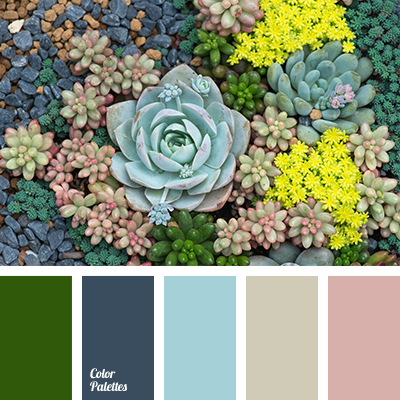


Monet’s impressionist sunsets due to suggestive brushwork feels far away. Similarly, an object with high detail will draw the eye and feel ‘closer’ to the viewer than an object that possesses little detail or that which suggests detail. Painting Detail and Harsh EdgesĬolors that possess crisp edges will appear closer to the viewer than colors with blurred edges. So muted colors will appear to recede pure colors will appear to advance. Mix a little earth color or an opposing color into this bright color and its increased neutrality will make it appear to recede. Color saturation is how bright or pure a color appears. These two colors placed side by side will bring out their inherent color temperatures.Ĭolors to make a small room appear largerĪnother factor that affects our perception of color and distance is saturation. Permanent rose although a warm color by itself will appear to possess a violet-blue cast when placed next to cadmium orange. Colors in Contextīut there is more to color behavior than this, for a warm color placed next to an even warmer color will itself appear to recede as it appears cooler in context. Place a cool color next to a warm color and the effect of colors receding or advancing is more pronounced. As warm colors and cool colors are located on opposing sides of the color spectrum, they will appear to clash when placed side by side. Beyond this lies infrared which is not visible. Red emits the longest visual wavelength of all. Warm colors are located on the opposite region of the color spectrum to blues, as their visual wavelengths are by comparison long. Warm colors include reds, oranges, maroons and pinks. Beyond this lies ultraviolet.Ĭool colors in general will appear to recede, where warm colors will appear to advance. The color with the shortest visual wavelength of all is violet. Blue colors such as ultramarine, pthalo blue, manganese blue, cobalt, cyan and cerulean produce short wave lengths on the visual spectrum. By association, blue pigments will suggest distance, and therefore will appear to recede from the viewer in a painting. Mountains a few miles away may appear blue, violet or such cool hues due to atmospheric particles reflecting the color of the blue sky.Ī clear sky itself brings about a feeling of depth, of eternity. How can colors be used to suggest proximity in a painting?Ī misty day will make certain objects take on particular hues according to distance. But there is more to it than this simple rule. But it is quite widely known that red will appear to advance and blue will appear to recede. Can colors be used to suggest depth in painting? The idea might sound absurd seeing how a painting is a two-dimensional entity.


 0 kommentar(er)
0 kommentar(er)
